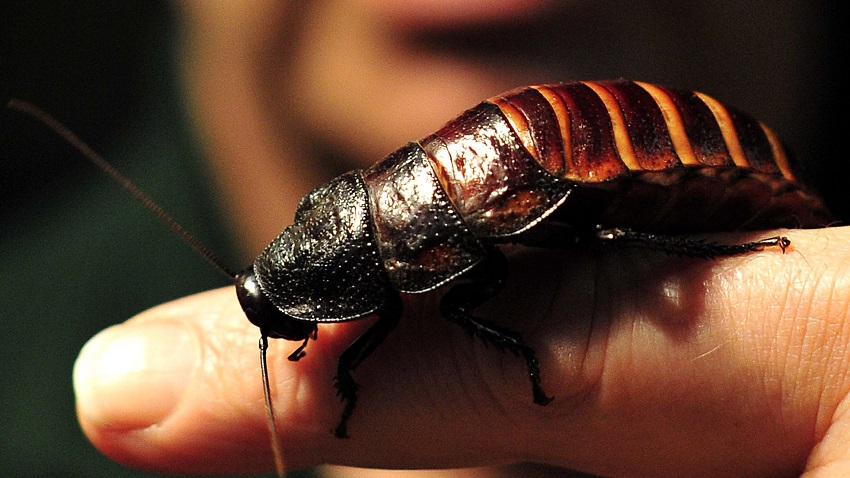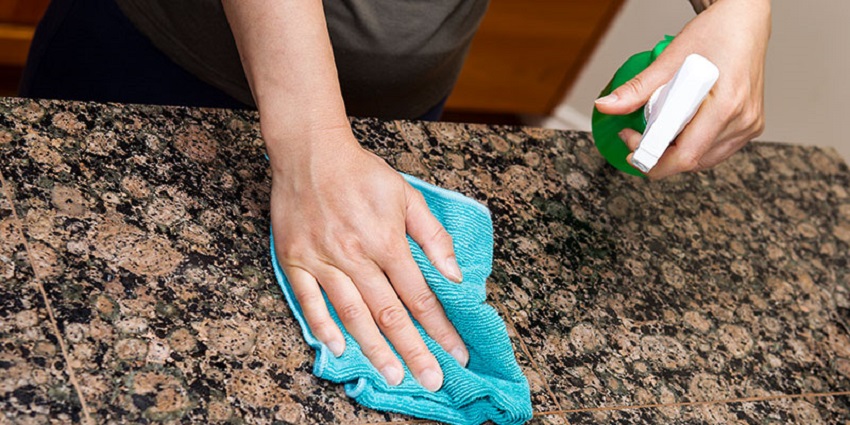
12 Jul Why are Roaches So Bad in Texas?
If you’ve ever lived in Texas or visited the state, you may have encountered the unpleasant presence of roaches. These resilient insects seem to thrive in the Lone Star State, making their way into homes, businesses, and outdoor spaces. But why are roaches so bad in Texas? In this article, we will explore the factors that contribute to the prevalence of roaches in Texas and how you can effectively deal with these pests.
Roaches, also known as cockroaches, are a common problem in many parts of the world. However, Texas has its fair share of roach-related challenges. The warm and humid climate, coupled with various other factors, creates an ideal environment for roaches to flourish.
Climate and Environment
Texas is known for its hot summers and mild winters, providing a favorable climate for roaches to thrive year-round. Roaches are cold-blooded insects, meaning they rely on external heat sources to regulate their body temperature. The warm and humid conditions in Texas create the perfect environment for roaches to breed and multiply rapidly. Dive deeper into the texas cockroaches.
Abundance of Food Sources
Roaches are opportunistic feeders and can survive on a wide range of food sources. In Texas, there is an abundance of food available for roaches, both indoors and outdoors. From leftover crumbs in kitchens to organic debris in gardens, roaches can find nourishment in various environments. Additionally, Texas is home to a diverse wildlife population, which can attract roaches to outdoor areas.
Urbanization and Construction
Texas has experienced significant urbanization and construction in recent years. New buildings, homes, and infrastructure projects provide ample hiding places and favorable conditions for roaches. Construction sites often disrupt roach habitats, forcing them to seek shelter in nearby structures, including residential and commercial buildings.
Landscaping and Outdoor Spaces
Texas is known for its beautiful landscapes and outdoor spaces. However, the lush vegetation, gardens, and mulch beds can create ideal hiding spots for roaches. These pests can take refuge in the moist soil, decaying leaves, and other organic matter found in outdoor environments.
Migration and Travel
Texas is a popular destination for travelers and has a significant population of both residents and tourists. Roaches can easily hitch a ride on luggage, packages, or even clothing, allowing them to spread from one location to another. The high mobility of people in and out of Texas contributes to the widespread presence of roaches.
Dealing with Roach Infestations
Now that we understand why roaches are so bad in Texas, it’s essential to know how to effectively deal with infestations. Here are some practical steps you can take:
- Maintain Cleanliness: Keep your living spaces clean and free from food debris. Regularly sweep, mop, and vacuum to remove potential food sources for roaches.
- Seal Entry Points: Seal cracks, gaps, and openings in your home to prevent roaches from entering. Pay attention to areas around windows, doors, and utility openings.
- Eliminate Moisture: Roaches are attracted to moisture-rich environments. Fix any plumbing leaks, keep basements and crawl spaces dry, and ensure proper ventilation in bathrooms and kitchens.
- Store Food Properly: Keep food in tightly sealed containers and avoid leaving pet food out overnight. Roaches are nocturnal and will take advantage of accessible food sources.
- Professional Pest Control: If you have a severe infestation or are unable to control the problem on your own, consider hiring a professional pest control service. They can assess the situation and provide effective treatments.
Conclusion
Roaches are a common nuisance in Texas due to the favorable climate, abundant food sources, urbanization, landscaping, and migration. Understanding the reasons behind their prevalence can help homeowners and residents take proactive measures to prevent and control infestations. By maintaining cleanliness, sealing entry points, eliminating moisture, and seeking professional help when needed, you can effectively combat roaches in Texas.
FAQs (Frequently Asked Questions)
- Are all roaches in Texas harmful?
While roaches are generally considered pests, not all species found in Texas are harmful. However, they can contaminate food, trigger allergies, and carry diseases. It’s best to take preventive measures regardless of the roach species.
- Can roaches survive extreme weather conditions in Texas?
Roaches are highly adaptable and can withstand various weather conditions. While extreme weather events may affect their populations, they are resilient and can find shelter indoors during harsh conditions.
- Are there natural remedies to repel roaches in Texas?
There are various natural remedies, such as essential oils, boric acid, and diatomaceous earth, that may help repel or control roaches. However, it’s important to use them correctly and consider seeking professional assistance for severe infestations.
- Are roaches more common in rural or urban areas of Texas?
Roaches can be found in both rural and urban areas of Texas. Factors like food availability, humidity, and human activity influence their prevalence. However, densely populated urban areas may provide more opportunities for roach infestations.
- How long does it take to get rid of a roach infestation in Texas?
The time required to eliminate a roach infestation can vary depending on the severity of the problem and the control methods used. It may take several weeks or months of consistent efforts to completely eradicate roaches from your home or property.



Sorry, the comment form is closed at this time.